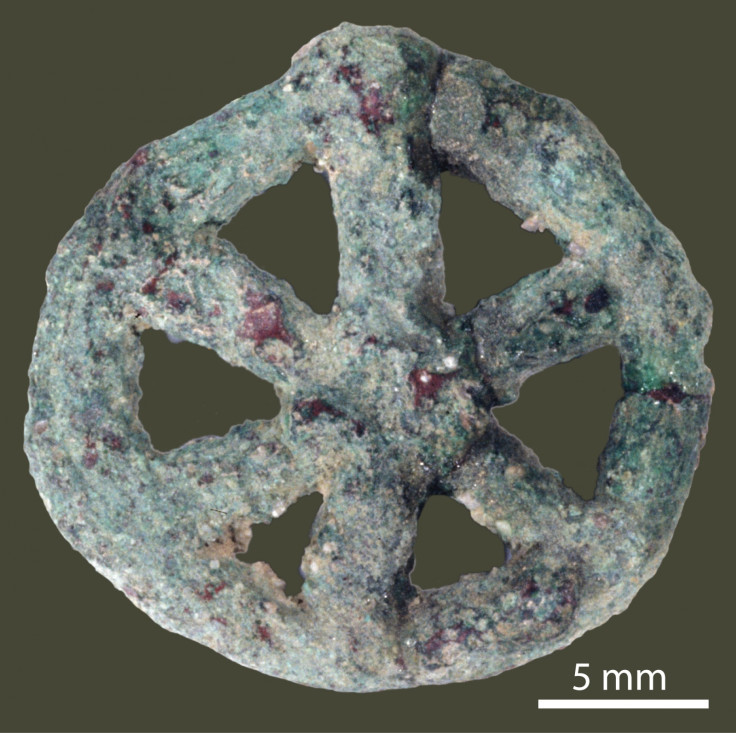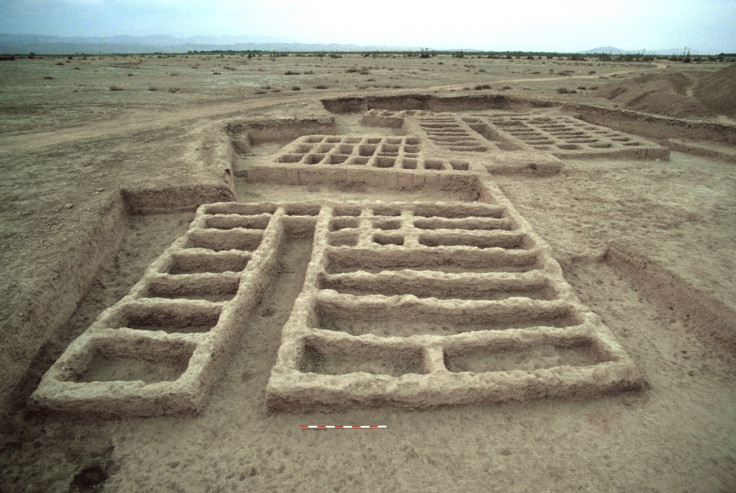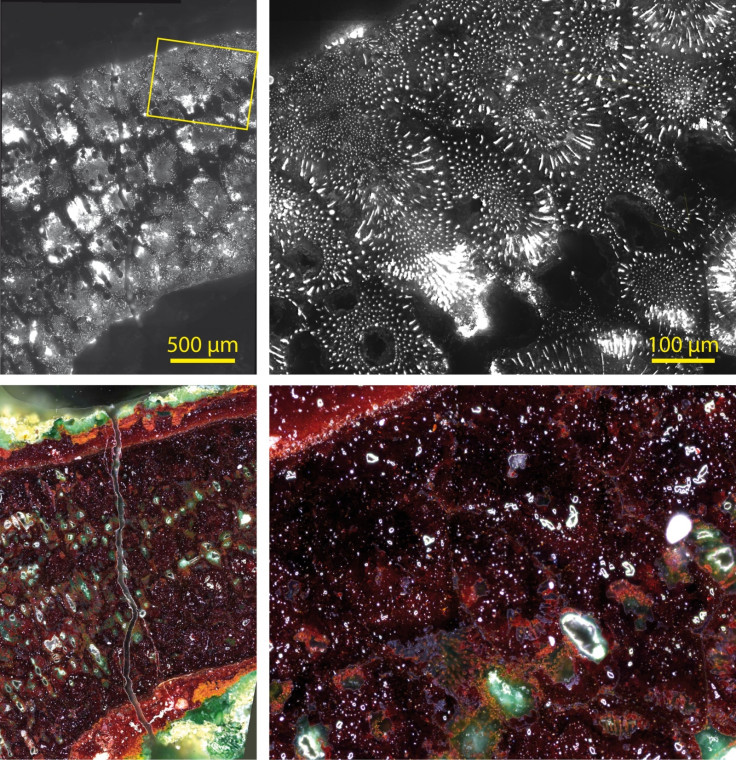Secrets of ancient amulet's creation revealed after 6,000 years
Researchers have discovered that the amulet is probably the earliest object made with lost-wax casting.
A new photoluminescence technique has helped archaeologists uncover the secrets of a 6,000-year-old amulet found in Pakistan three decades ago. The object is thought to be the earliest created with lost-wax casting – a method used to duplicate metal sculptures cast from an original sculpture.
The amulet was unearthed at the site of Mehrgarh, a Neolithic site located in Balochistan, western Pakistan. The site is often referred to as a "crucible for technological innovation" during Neolithic times in ancient South Asia, as people living there innovated in areas as varied as pottery making, textiles and even dentistry.
When the amulet was discovered in 1985, researchers established that the object's complexity and lack of symmetry suggested it was probably made using lost-wax casting, but evidence of this was still lacking.
"Scientists had reached the limits of what they could learn from the amulet with traditional imaging techniques. We have designed a full-field photoluminescence approach to look at the object's structure and composition in greater details. This has allowed us to infer what the amulet was made of when it was first created six millennia ago, based on what it is made of now", physicist Mathieu Thoury of the European platform IPANEMA (located on the SOLEIL synchrotron site in France), told IBTimes UK.

The results are published in the journal Nature Communications.
Pure copper and lost-wax casting
The full-field photoluminescence technique works by shining light on the objects that researchers want to analyse. They can then determine the spectrum re-emitted by the sample. This enables them to distinguish between the different elements constituting the amulet. In this case, they observed that two copper oxides were present in the sample.

The same physical and chemical patterns appeared across the surface of the amulet. This indicates that it was probably cast as a single piece – giving credit to the theory that it was created using the lost-wax casting technique. Additionally, the presence of the copper oxides suggests that amulet was made from a very pure copper melt. It would have then been poured into a prepared clay mould using the lost-wax casting method – the earliest evidence of the use of such a technique.
"The use of pure copper may indicate that this object had a particular status, it was maybe used for religious or ritualistic purposes. The fact the metallurgists used the lost-wax technique so early on confirms the impressive capacity that people living at Mehrgarh had to innovate – and it really was an important innovation considering the technique is still used today, nearly 6,000 years after the amulet was created," Thoury says.
"This innovation is crucial in the history of metallurgy. From the end of the 5th millennia to the third millennia, it is going to spread across the the Middle-East. People are going to use lost-wax casting to create small statues and then later in Mesopotamia bigger ones to represent important spiritual figures. The fact they chose to use this particular technique when they could have used another to create the amulet, as well as the fact it is made of pure copper, suggest the object was valuable to them", his colleague and co-author Benoit Mille adds.

The full-field photoluminescence technique thus allowed scientists to uncover the secrets of how the amulet was manufactured, identifying a significant technological innovation that occurred 6,000 years ago.
© Copyright IBTimes 2025. All rights reserved.






















